Designing Endangered Scripts, Part III: Suraj Budhani
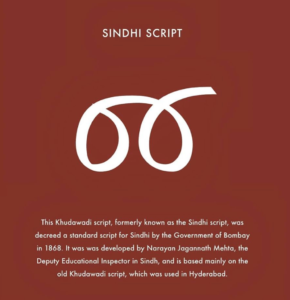 Welcome to the third monthly Endangered Alphabets feature about calligraphy and type design–in indigenous and minority writing systems.
Welcome to the third monthly Endangered Alphabets feature about calligraphy and type design–in indigenous and minority writing systems.
Here’s the point. If a script exists only in historical documents, engravings, and inscriptions, it is all too easy to assume it is no longer in use, and the culture that created it has also been lost.
But if that script can still be seen, and what’s more, if it can be seen in new, interesting and creative forms, it’s a sign of life, energy, passion, commitment. It not only shows that unfamiliar script to the world in striking and memorable ways, it shows the user community that their traditional writing is still alive, and they have not been forgotten. Though of course communities also feel connected to their scripts because they are deeply familiar, so a designer or calligrapher has to walk a fine line!
My aim with this monthly feature is to present the work of calligraphers and type designers who are bringing imagination and energy to endangered alphabets, by researching, understanding and acknowledging their traditions, but also adding the expressiveness and individuality that is one of the features of a living script.
This month’s type designer is Suraj Budhani, from Bengaluru, India, whose work involves multiple challenges—not only graphic but geographic, political, historical, religious.

The script he is designing has been marginalized so many times it has had three different names, was used at one time as a secret code, and its few remaining users have been exiled from their country of ancestral origin. Now read on….
“I belong to a Sindhi family with ancestral roots in Larkana, Sindh. In 1947, South Asia witnessed the largest mass migration in human history that changed the geographical boundaries of India. As per the new borders Sindh was now a part of Pakistan. Soon after that my family, like most Hindus in Sindh, migrated to other parts of India.
“As a child, I always wondered why my native language Sindhi was written in Arabic or Devanagari script. What happened to its indigenous alphabets?
“After doing a ton of research, I came across some interesting findings. After the Arab invasion, all the government officials (who were Sindhi Rajputs) were forced to use Arabic, while the priests (who were Brahmins) used Devanagari as most of the religious texts were in Sanskrit.
“But there was one more script! It was known as Sindhi Lipi—that is to say, `Sindhi writing.’ This script was commonly used to write Sindhi by almost all the natives. However, soon government officials could no longer read the script as it wasn’t relevant anymore. Instead, Sindhi Lipi became a script used to [keep] secret [financial] accounts that could be hidden from officials.”
In time, the very name of the script changed to match its new function: it became referred to as Hatvaniki, from hat, or “writing,” and vanyas, or “merchants”—hence, the script of the merchants.
One of the curious features of an endangered alphabet, in fact, is that at some point it may become a kind of code, used by a minority to communicate in secret. Unfortunately, for that very reason, throughout history there have been countless examples of cultures in power punishing less powerful cultures for speaking their own languages, or writing their own scripts, for fear that they may be planning mischief.
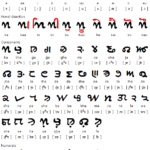
“In 1868, the Bombay Presidency assigned Narayan Jagannath Vaidya the responsibility to revive the actual script. He created a draft for standardizing the script which was called Khudabadi, as the script was very popular in the city of Khudabad [in the province of Sindh]. That’s how the script got yet another name.”
After Partition in 1947, though, Hindu Sindhis, like Suraj’s family, were forced to migrate south into the the new India. Within a couple of generations, most had adopted the language and script of their new localities, and Hatviniki/Khudabadi was almost completely forgotten.
“A few years back, when I started researching the script, I couldn’t find people who could decipher the content for me. Most of the people who used to know the script were now dead or were just too old to bother about it. This is when I thought of learning the script myself and creating a simplified learning guide so that in future if anyone wants to learn it they will know where to start.”
Suraj had the advantages of working for Microsoft as a Premier Field Engineer, experienced in working with the company’s cloud technologies. He also taught himself animation and creating vectors through Photoshop and Illustrator. Using historical documents in Hatvaniki/Khudabadi, and the Unicode version of Khudabadi, he began collaborating with a calligrapher (who asked not to be identified) to design calligraphic forms of the script.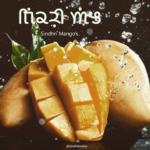
“In 2016, the United Nations General Assembly passed a resolution proclaiming 2019 as the International Year of Indigenous Languages. A lady named Bhaika Ramrakhyani who was representing Sindhi at this event reached out to me on social media and was looking for assistance in creating a draft in Hatvaniki. I helped her out and it was a proud moment for us when the script was chosen to be presented at an event hosted at the House of Lords in the British Parliament in 2019.”
Suraj has found that creating font designs for a marginalized writing system is a great deal of work; but getting that script adopted and used is yet another layer of challenge.
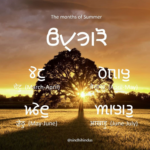 “I keep promoting this script to the members within the community. However, some renowned [Sindhi] writers have shown strong resentment to revive the script. They seem a bit scared because their books are published in Arabic script, and adopting Hatvaniki to write Sindhi will adversely impact their book sales.
“I keep promoting this script to the members within the community. However, some renowned [Sindhi] writers have shown strong resentment to revive the script. They seem a bit scared because their books are published in Arabic script, and adopting Hatvaniki to write Sindhi will adversely impact their book sales.
“Whenever I talk to people about my plans, they say `Only a miracle can revive Hatvaniki.’ I need those people who can make this miracle happen. I am looking for people who are passionate about learning the script and creating video tutorials, writing blogs, creating virtual keyboards etc.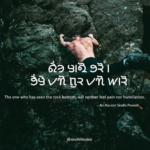
“The future seems dark at the moment. But hopes say that there will be light if people take a stand to revive the script.”
If you are interested in knowing more about Suraj’s work or helping in the effort to revitalize the Hatvaniki script, please contact him by email at sindhi.hatvaniki@gmail.com; Instagram: sindhihindu.
This post is sponsored by our friends at Typotheque, Letterjuice, and Solidarity of Unbridled Labor.

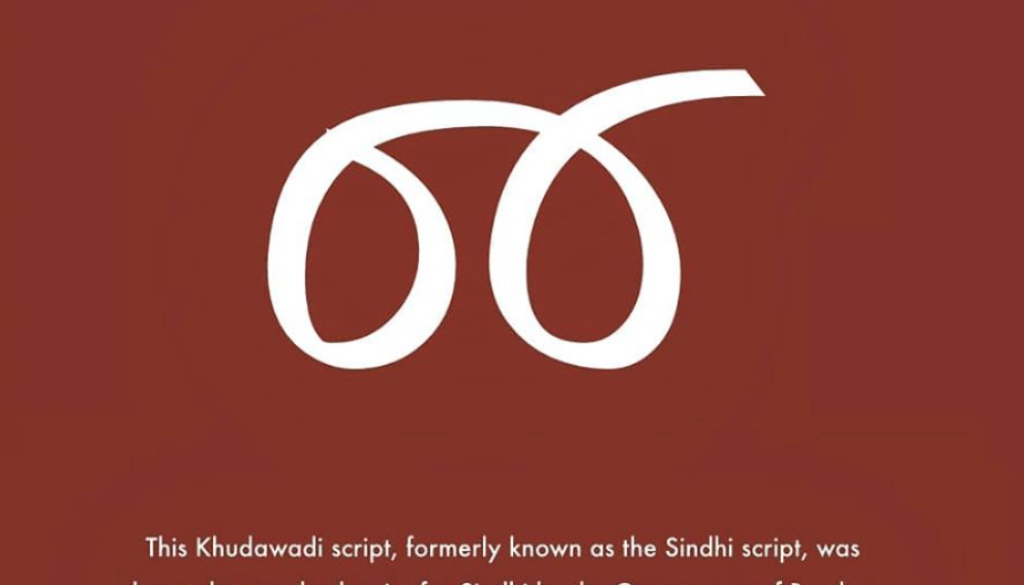



December 10, 2020 @ 5:15 pm
This is absolutely wonderful. I m positive that it will eventually be accepted by folks. You must carry on.
Wish I could volunteer but guess it would be tough at my age. But here s wishing you plenty of luck.
May 30, 2021 @ 7:44 pm
Please pursue for a unicode page of hatvaniki script.That will ensure all major platforms automatically support it.
March 31, 2023 @ 6:21 pm
I was always under the assumption that the Hatvantiki can never be revived. This is very impressive Sir, wish you all the best.
August 5, 2023 @ 2:43 am
I think Hatwaniki means language used by shopkeeper ( Hat means shop and Vaniya means merchant).
The word हट़ताल (Lockdown) is also originated from Sidhi that is, putting locks on your shops. I remmeber women used to say, मुहिंजो मुड़िसु हट ते वियो हा (saying he has gone to his shop).
“I am Sindhi and did my schooling in Sindhi laguage”